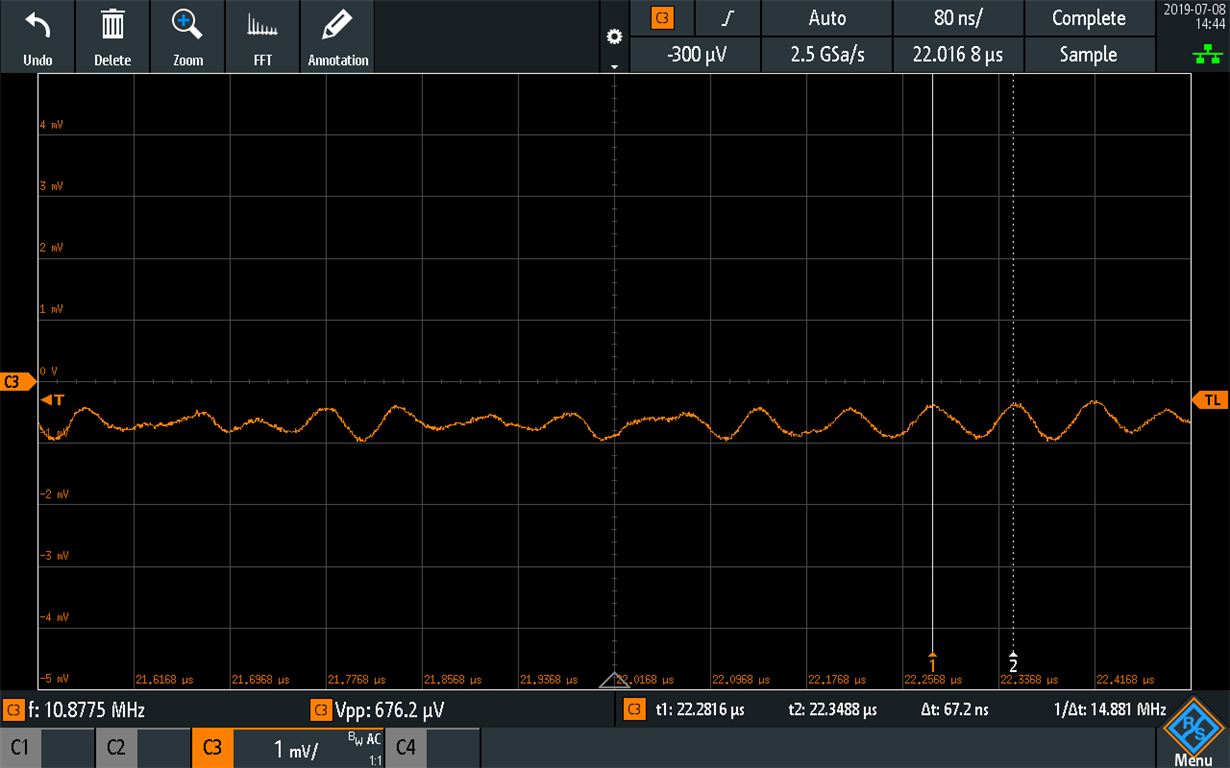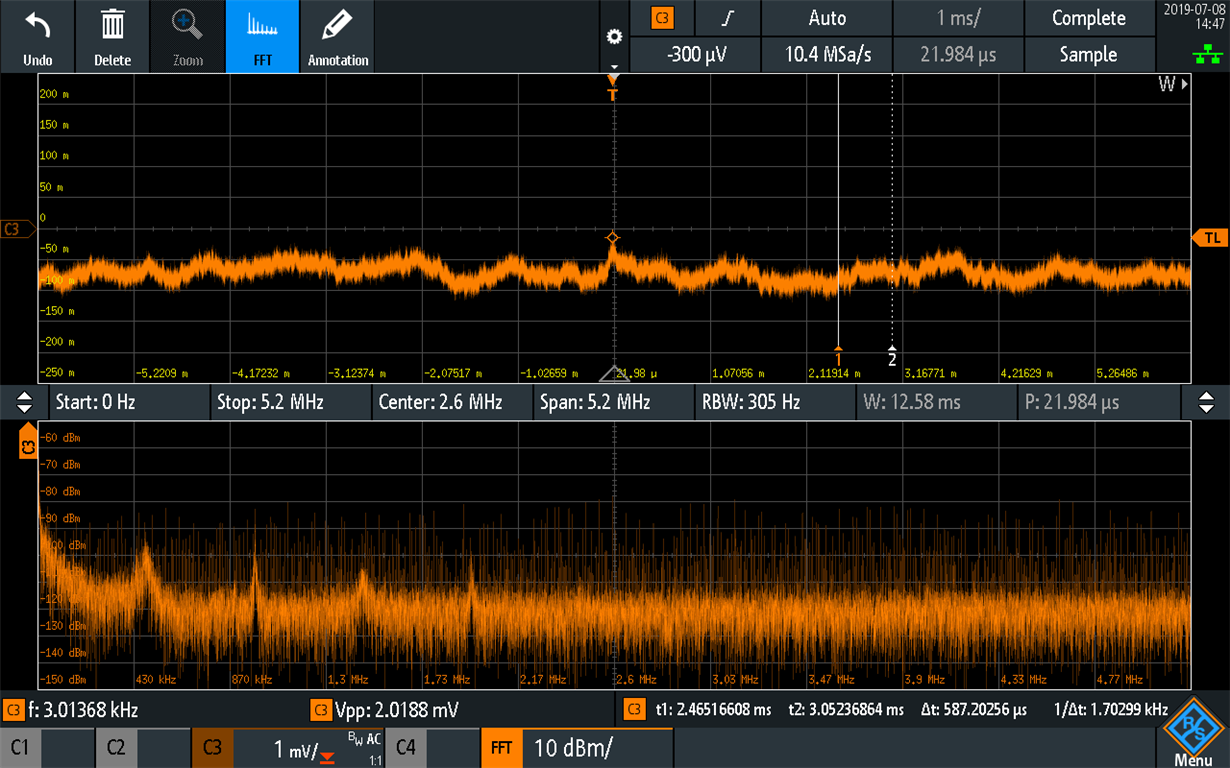Other Parts Discussed in Thread: TPS62740, , TPS62840, TPS62175
Hi,
for the TPS62748, there are no limits for the inductance in comparison to other devices like TPS62740 where the recommended maximum inductance is 3.3 uH. What is the maximum inductance for the TPS62748? I'd like to increase it as much as possible to decrease output ripple.
Regards,
Jonas



